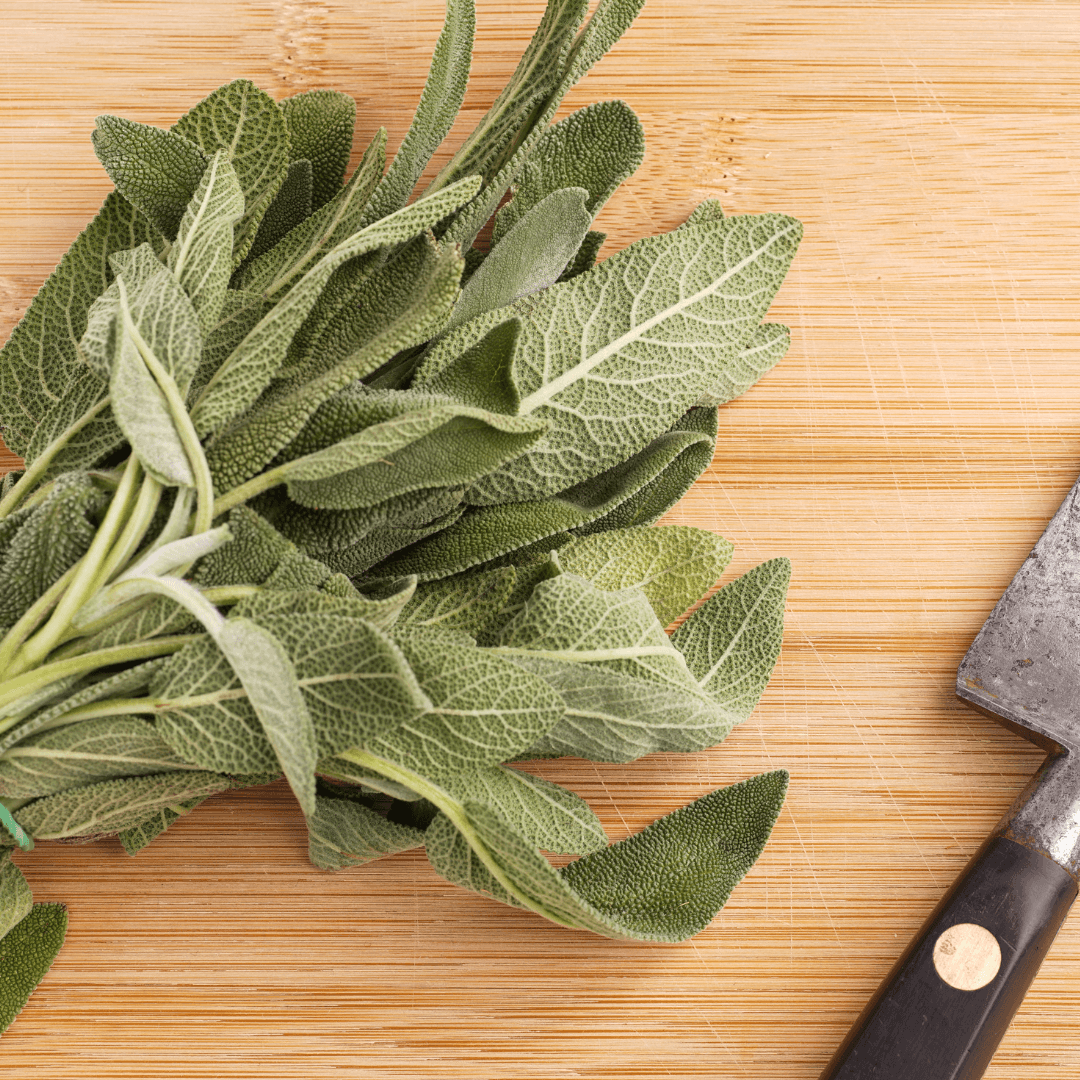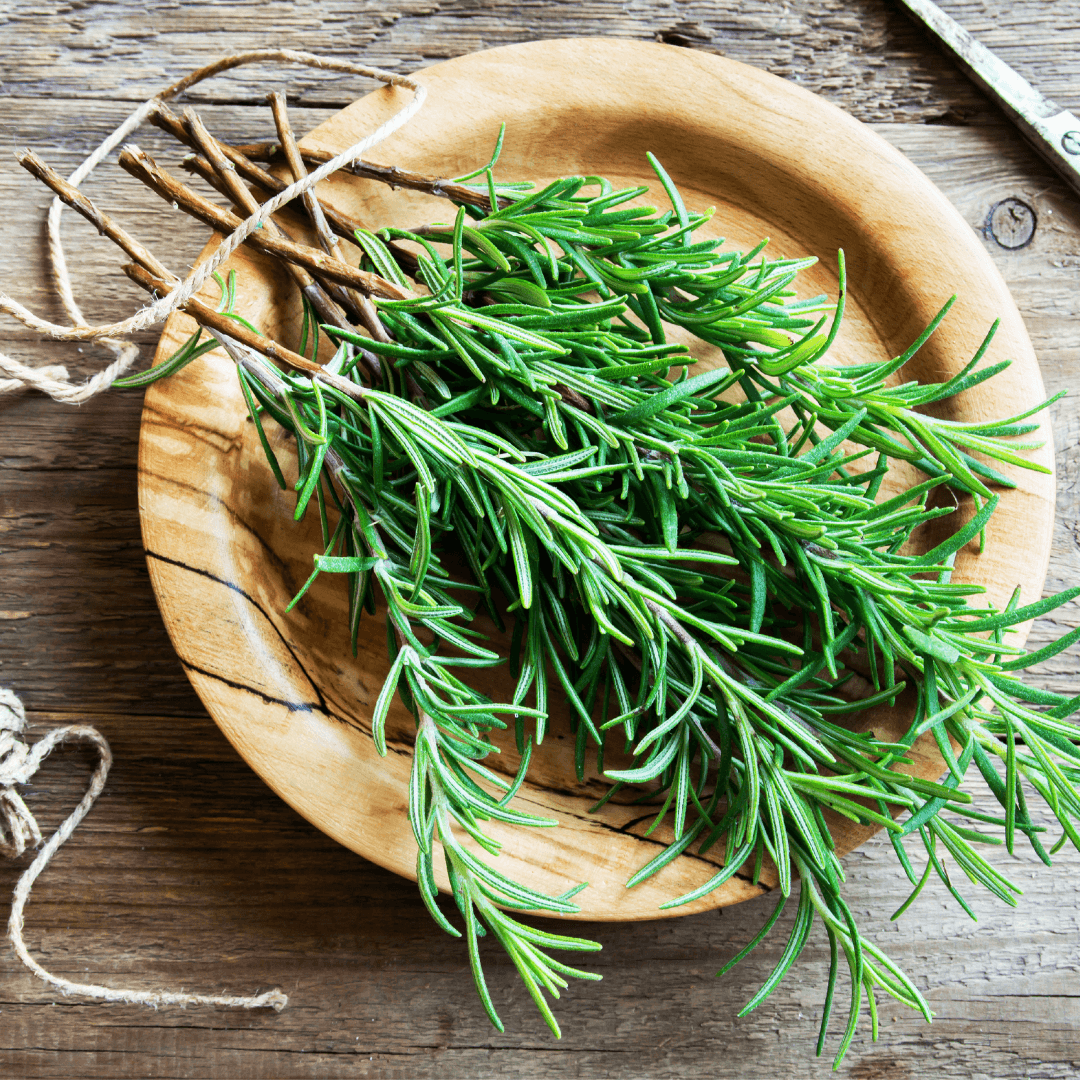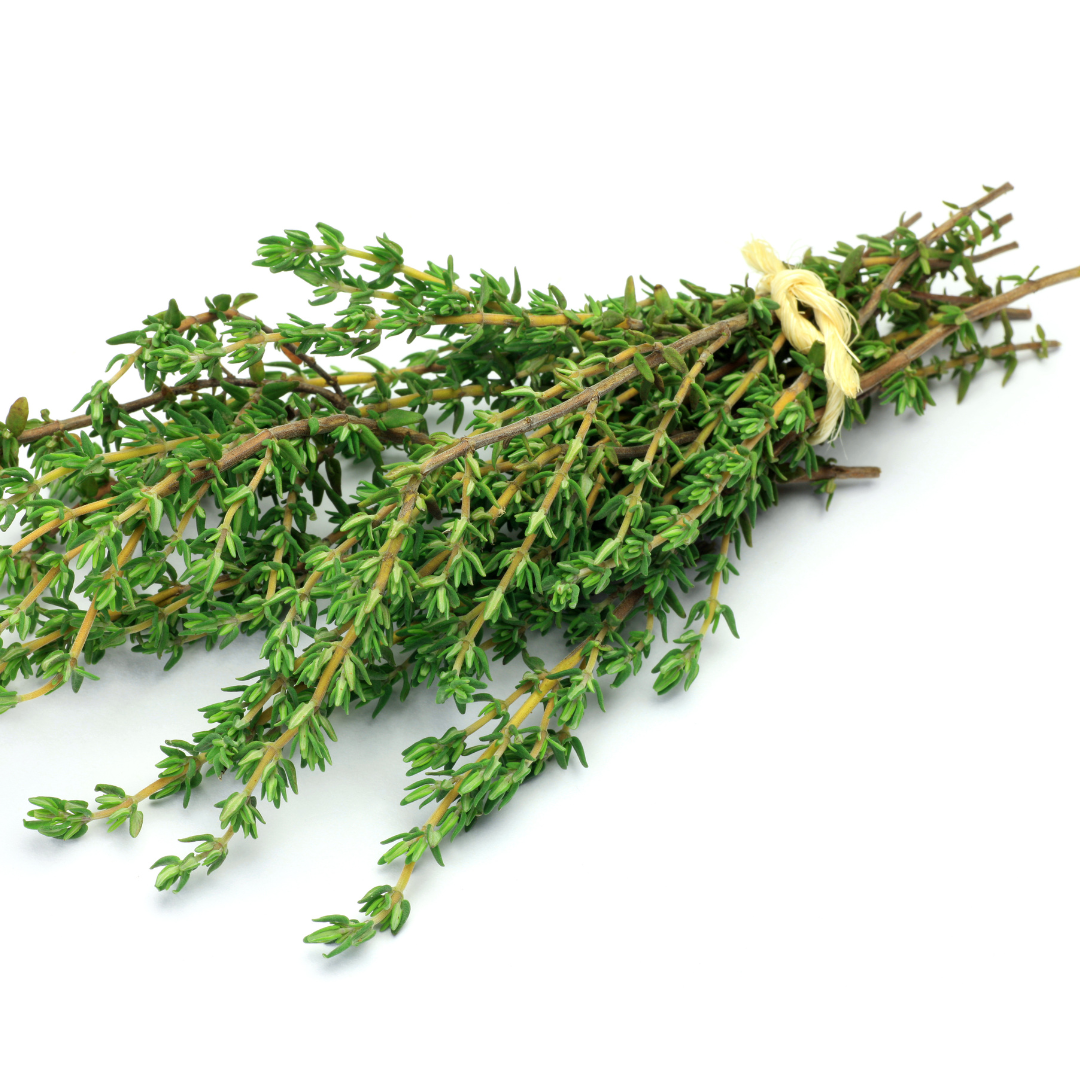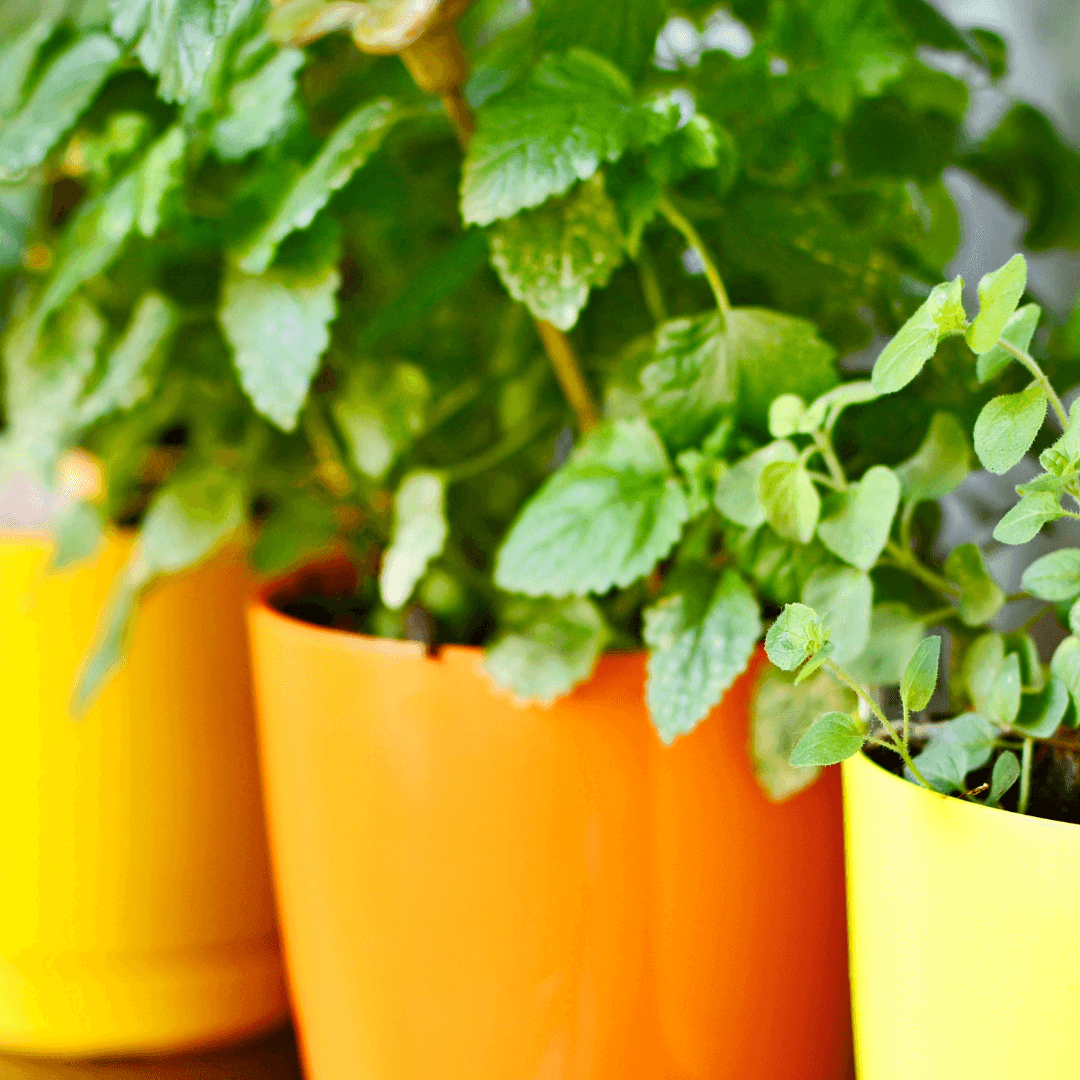Sage has been used for centuries as a powerful herb for smudging, a spiritual practice that involves the burning of dried plants to cleanse and purify a space. In addition to its use in smudging, sage is also a popular culinary herb with a variety of health benefits. Whether you're growing sage for smudging or for culinary purposes, it's an easy and rewarding plant to grow. In this article, we'll guide you through the process of how to grow sage for smudging.
Types of Sage to Grow
There are many different types of sage, but the most commonly used for smudging is white sage (Salvia apiana). However, white sage is a slow-growing and endangered plant, so it's important to grow it sustainably or to consider growing other types of sage, such as:
- Common sage (Salvia officinalis)
- Bee sage (Salvia mellifera)
These types of sage are easier to grow and are also suitable for smudging.
Popular Herb Seeds for Planting | 35 Variety Pack
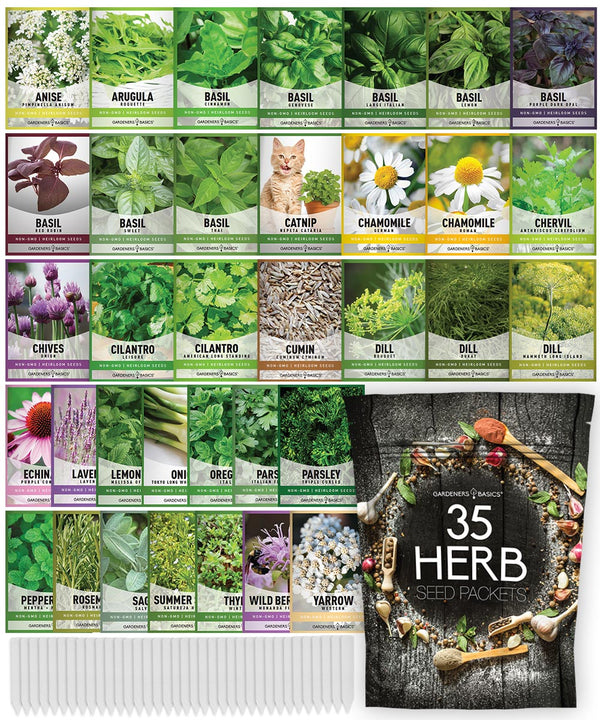
$29.95
$49.95
Introducing our 35 popular herb seeds variety pack, the perfect solution for any herb gardening enthusiast. This variety pack includes 35 of our most popular herbal garden seeds, carefully selected to provide diverse flavors and aromas to elevate your cooking… read more
Planting Sage Seeds
Sage seeds can be started indoors or outdoors, depending on the climate and growing season. Here's how to plant sage seeds:
- Choose a location with well-draining soil and full sun to partial shade.
- Sow the seeds about 1/4 inch deep and 1 inch apart in the soil.
- Water the soil gently to avoid disturbing the seeds.
- Keep the soil moist but not waterlogged.
- Once the seedlings have sprouted and are several inches tall, thin them to about 12-18 inches apart.
Growing White Sage
If you choose to grow white sage, it's important to note that it requires a specific growing environment. White sage is native to the southwestern United States, where it grows in dry, arid conditions. Here's how to grow white sage:
- Choose a location with well-draining soil and full sun.
- Plant the white sage seeds in the soil, making sure they are spaced at least 18-24 inches apart.
- Water the soil gently to avoid disturbing the seeds.
- Keep the soil moist but not waterlogged.
- As the white sage plant grows, it may need occasional pruning to promote bushy growth.
Harvesting Sage Leaves
Sage leaves can be harvested once the plant has become established and is several inches tall. Here's how to harvest sage leaves:
- Wait until the plant is at least 6-8 inches tall.
- Choose a dry day to harvest the sage leaves in the morning, after the dew has dried but before the heat of the day.
- Cut the sage leaves off the plant with sharp scissors or pruning shears, leaving a few inches of stem attached to the leaves.
- Leave some leaves on the plant to continue growing and producing.
Air Drying Sage
Once you've harvested your sage leaves, you'll need to dry them before you can use them for smudging or cooking. Here's how to air-dry sage:
- Bundle the sage leaves together with twine or string, making sure they are tightly packed.
- Hang the sage bundle upside down in a dark, dry location with good air circulation.
- Allow the sage to dry for 1-2 weeks, or until the leaves are completely dry and brittle.
- Once the sage is dry, remove the leaves from the stem and store them in an airtight container.
Herb Seed Assortment | 15 Variety Pack
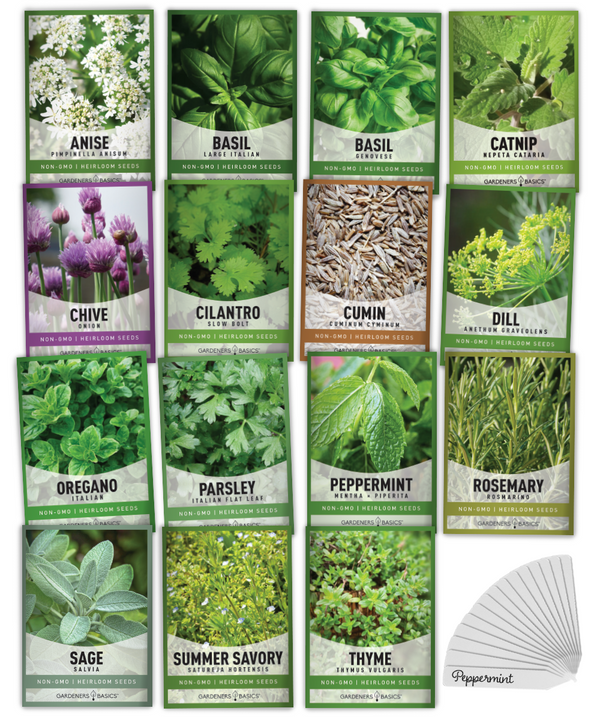
$19.95
15 Herb Seeds For Planting 5200+ Heirloom, Non-GMO Seeds For Indoors, Hydroponics, and Outdoors Gardens - Basil, Catnip, Chive, Cilantro, Oregano, Thyme, Parsley, Peppermint, Rosemary, and More Varieties 15 VARIETIES HERB SEEDS VARIETY PACK - 15 of our most popular… read more
Making Smudge Sticks
To make smudge sticks, you'll need dried sage leaves and some string or twine. Here's how to make smudge sticks:
- Bundle the dried sage leaves together tightly, making sure they are evenly distributed.
- Wrap the string or twine tightly around the sage bundle, starting at the base and working your way up to the top.
- Tie off the string or twine at the top of the bundle and trim any excess.
- You can use the smudge stick immediately or store it in an airtight container until ready to use.
Other Uses for Sage
In addition to smudging, sage has a variety of other uses. Here are a few:
- Culinary: Sage leaves can be used to flavor soups, stews, and other dishes.
- Tea: Sage leaves can be brewed into tea, which is believed to have a variety of health benefits.
- Essential oils: Sage essential oil is believed to have antibacterial properties and can be used in aromatherapy or as a natural disinfectant.
- Eucalyptol content: Sage contains a compound called eucalyptol, which is believed to have anti-inflammatory properties and can be used to alleviate sore throats, coughs, and other respiratory issues.
Conclusion
Growing sage for smudging is an easy and rewarding process that can be done by gardeners of all skill levels. Whether you choose to grow white sage or another variety, make sure to plant it in a well-draining location with plenty of sun. Once the sage plant has become established, you can harvest the leaves and dry them for use in smudge sticks, tea, essential oils, and other applications. By following these simple steps, you can enjoy the benefits of sage in your own home.
Frequently Asked Questions
Here are some common questions about growing and using sage for smudging:
Q: Can I grow sage indoors?
A: Yes, sage can be grown indoors if you have a sunny window or plant light. Make sure to use well-draining soil and water the plant regularly.
Q: How often should I water my sage plant?
A: Sage plants prefer well-draining soil, so make sure not to overwater them. Water the plant deeply once or twice a week, depending on the climate and soil conditions.
Q: Can I use dried sage for smudging?
A: Yes, dried sage leaves can be used for smudging. Simply bundle the dried leaves together and burn them as you would with fresh sage.
Q: Can I harvest sage leaves multiple times in a season?
A: Yes, you can harvest sage leaves multiple times in a season. However, make sure to leave some leaves on the plant to continue growing and producing.
Q: How long does it take for the sage to dry?
A: It typically takes 1-2 weeks for sage leaves to dry completely. Make sure to hang the sage in a dark, dry location with good air circulation.



